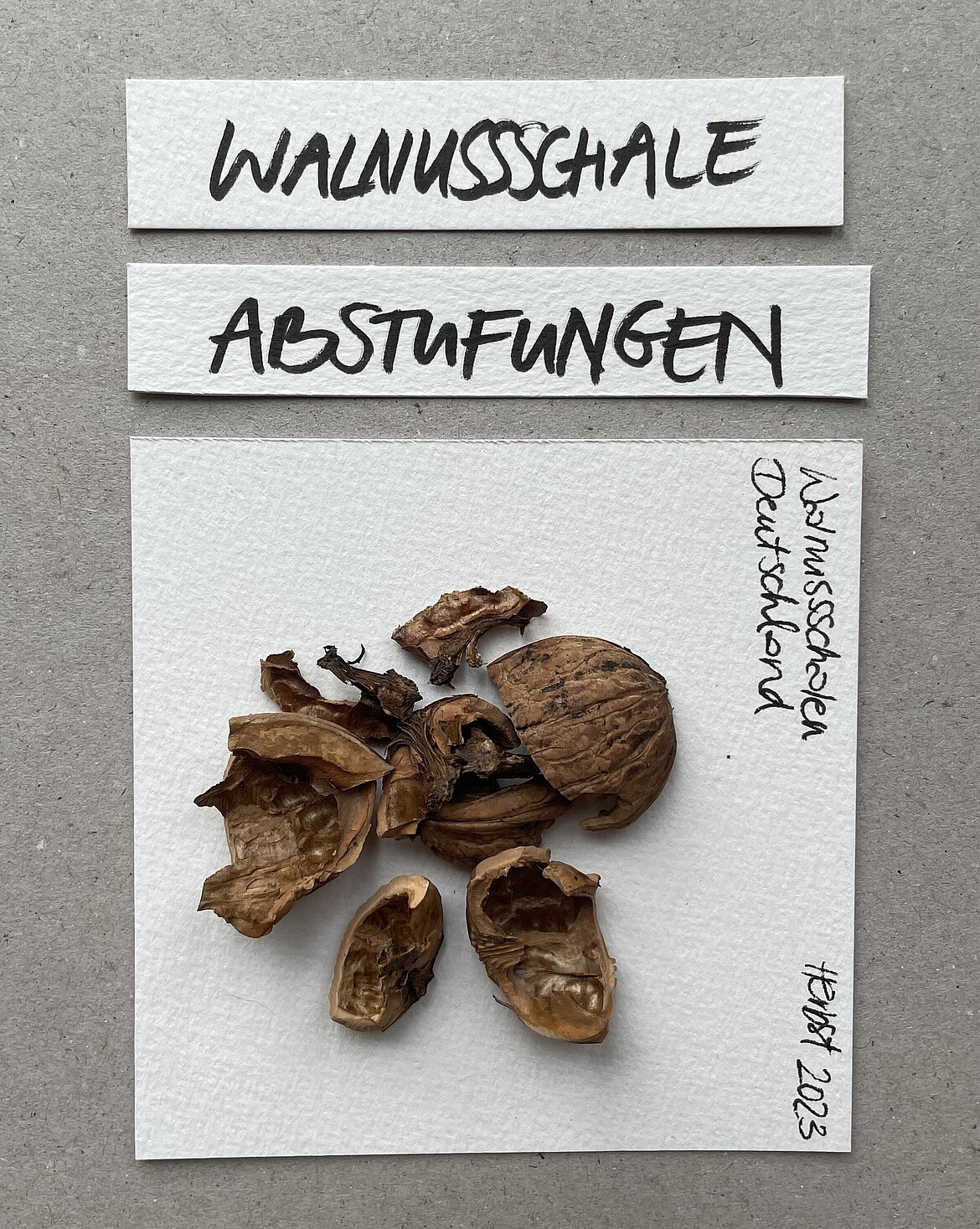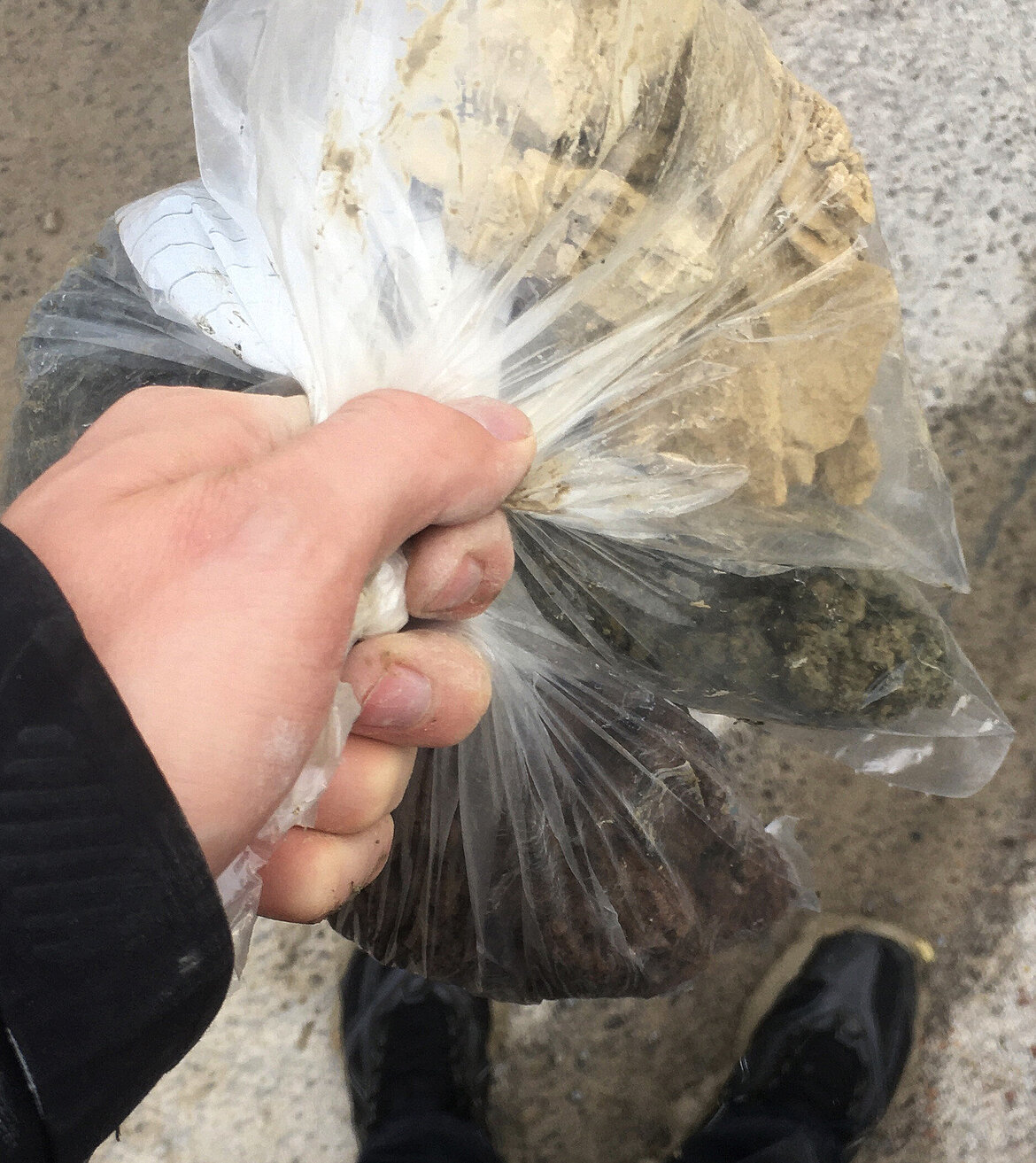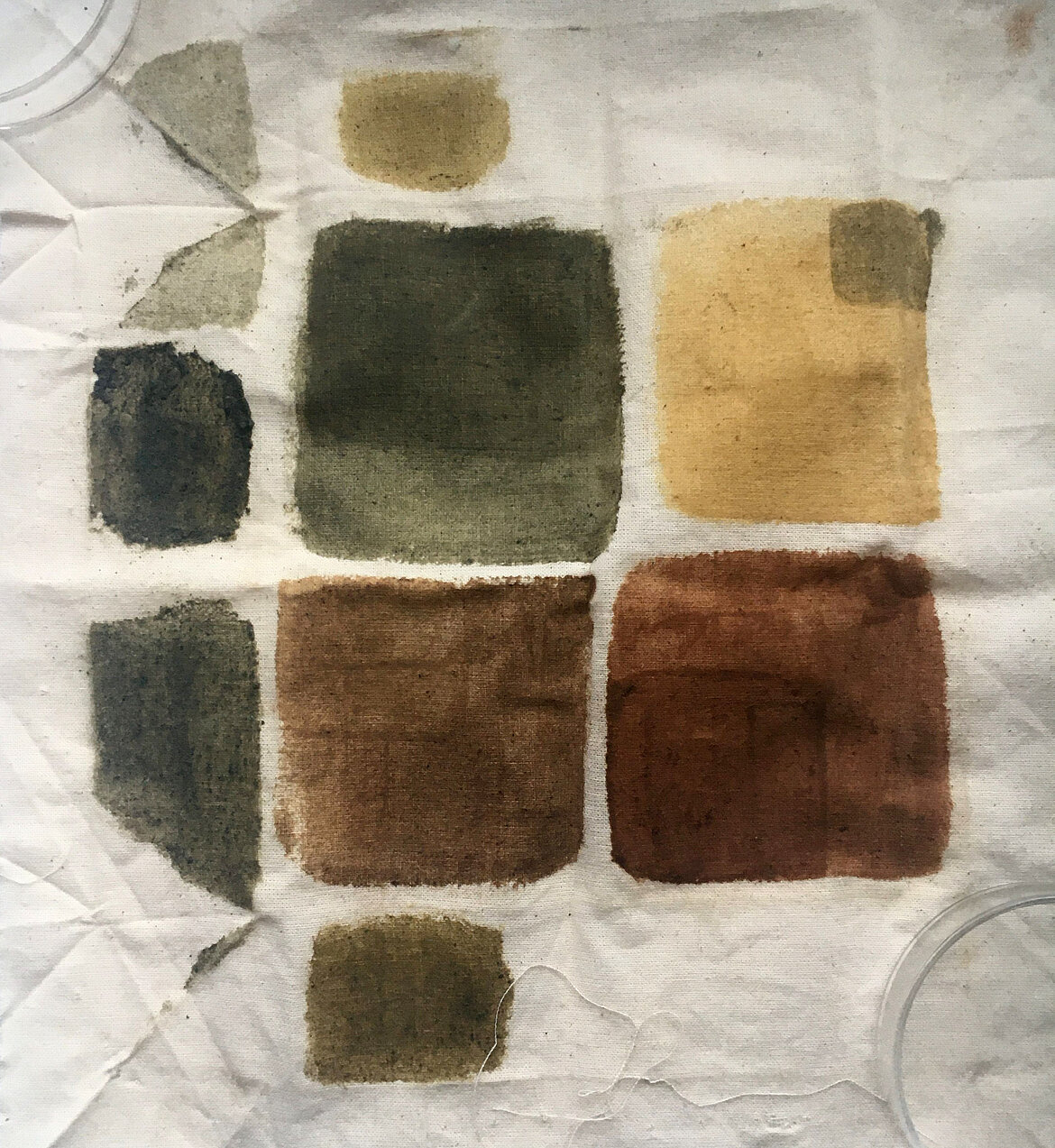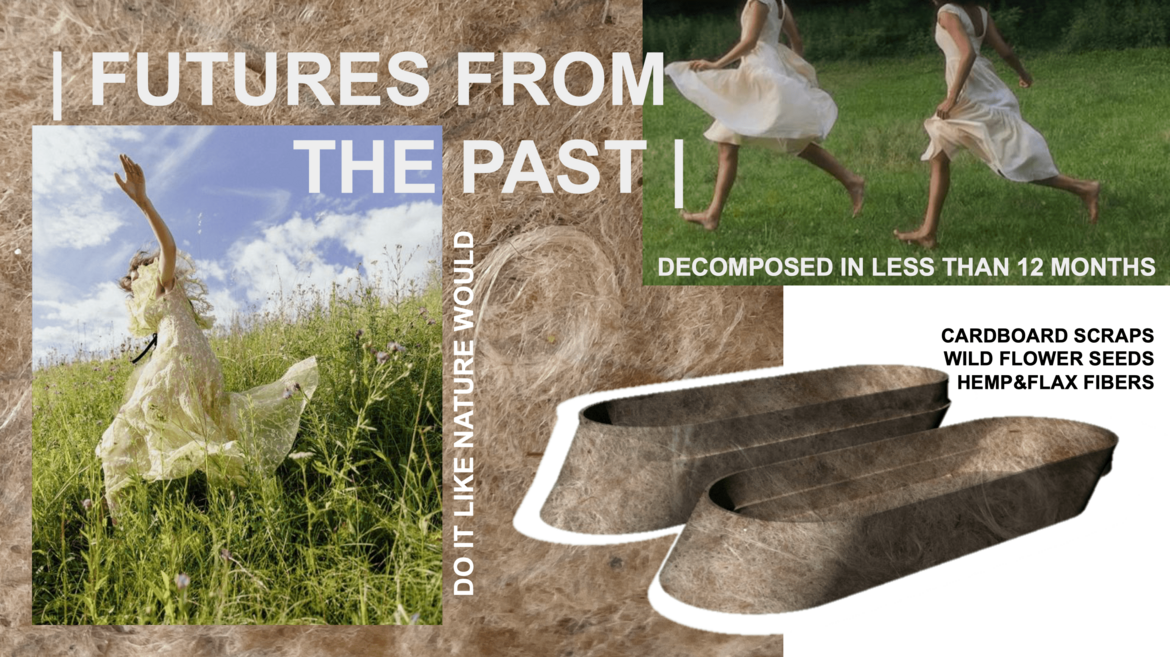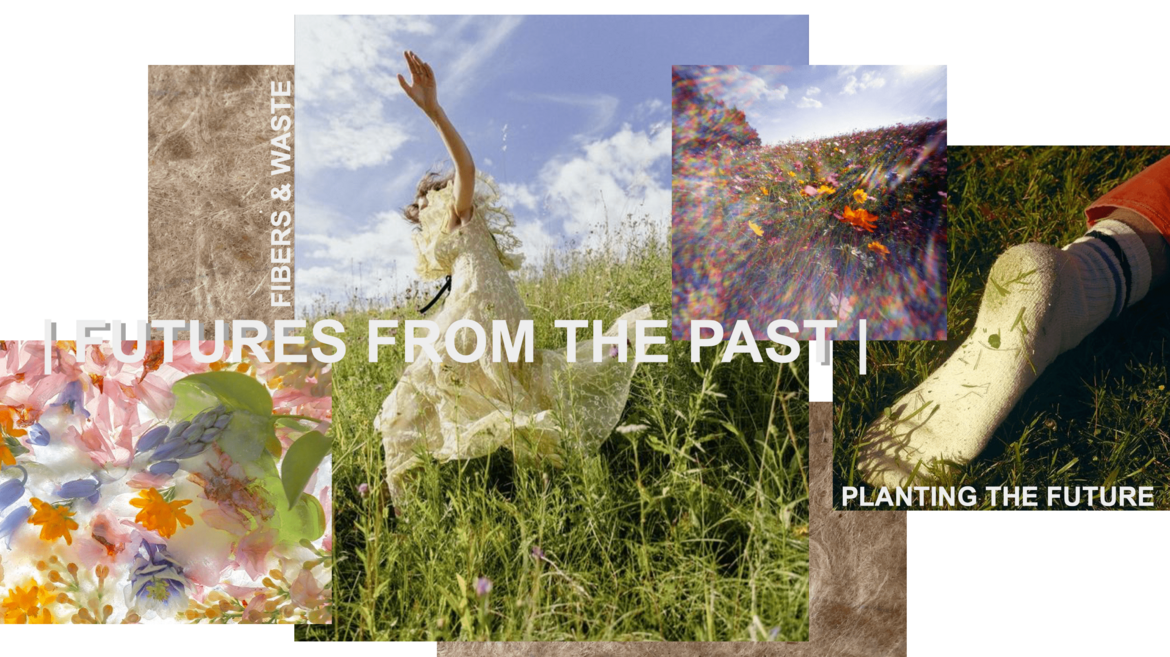To Dye For – Colors made from plants, minerals and insects
Colors are among the most elementary and effective design tools, they play a decisive role in determining the desirability and aesthetics of consumer goods and often subconsciously appeal to our perception and associations. Yet we are hardly aware that many colors grow naturally around us and can be used in the design of materials such as textiles, wood or paper.
In various experiments, students from AD, MD, TD and VK spent a semester researching color schemes, tints and extracts from flowers, leaves, barks, roots, insects and minerals. This resulted in different approaches to thematic focal points in the selection of colors: Colors from locally grown flowers, colors from minerals from the quarry of the home town or colors from the barks of fruit trees. Wool and cotton were the main raw materials used, supplemented and expanded by projects on wood, paper and digitally printed fabrics in a mixed media process.
'To Dye For', a 2023 interdisciplinary project; Supervision: M.A. Simone Sommer
Cooperation partners: Barbara Glasner; Matthias Böhme and Domus Lanae Lithuania; Anna Lukhaub, Cilla Hilpert and Julia Staudt from Remedy e.V.
'Walnut shells + ph-value' by Emma Mayer
As a locally available plant, walnut shells were used in this project to dye linen and cotton fabrics. By changing the pH value of the dye liquor with sodium bicarbonate, citric acid and ferric vinegar, color nuances and gradations were achieved. From a light yellowish beige to a cool anthracite, 8 nuances were created, which have different intensities on different surfaces. View project in detail
'Dyeing with native tree bark' by Samuel Letzgus
Wool and cotton fabric was dyed with local tree bark (birch, willow (fermented), walnut, apple, cherry). In addition, vinegar and iron water were used to create a lighter and a darker shading for each type of bark. View project in detail
'Mineral Treasure' von Benno Soppa
You don't have to travel to exotic countries to collect a variety of earth colors. An attentive walk through the local gravel pit is enough!
All these pigments were made from earth and stones from the Swabian landscape using mortars and fine sieves. The pigments were then applied to untreated cotton canvas with egg tempera (a mixture of egg and linseed oil) – impressive color variations can be achieved by diluting or varying the amount of pigment in relation to the binder. View project in detail
Futures From The Past – Designing With Natural Renewable Raw Materials
Flax and hemp are among the oldest cultivated plants on our continent. Their relatively small ecological footprint in cultivation, fiber production and recycling make them potentially the most interesting regionally available fiber raw materials for innovative production technologies such as fiber composites or 3D printing. In addition, flax and hemp are increasingly being used in woven or knitted textiles and nonwovens.
Under the inspiration and guidance of the industry partners, innovative concepts and products from the bag and spectacle case sectors were designed by students from different degree programs, focusing on materials and production with sustainability aspects in mind.
Supervision: MA Simone Sommer, Prof. Dr. Steffen Reichert
'Futures From The Past' was a 2023 cooperation project of the interdisciplinary subject "Material Innovations & Future Technologies" with Eschenbach Optik, Marc O'Polo Accessories and Sachsenleinen e.V.
'Futures from the Past' by Luisa Windisch
This project deals with the material for a glasses case that is completely sustainable and compostable. It consists of a papier-mâché/hemp fiber mixture in a 70/30 ratio, to which flower seeds are then added during the forming and pressing process. This means that the buyer of the case can plant it in soil when it has served its purpose and will be delighted with a variety of flowers shortly afterwards. The flower varieties are also specially selected for bees, thus helping to maintain a healthy ecosystem. View project in detail

